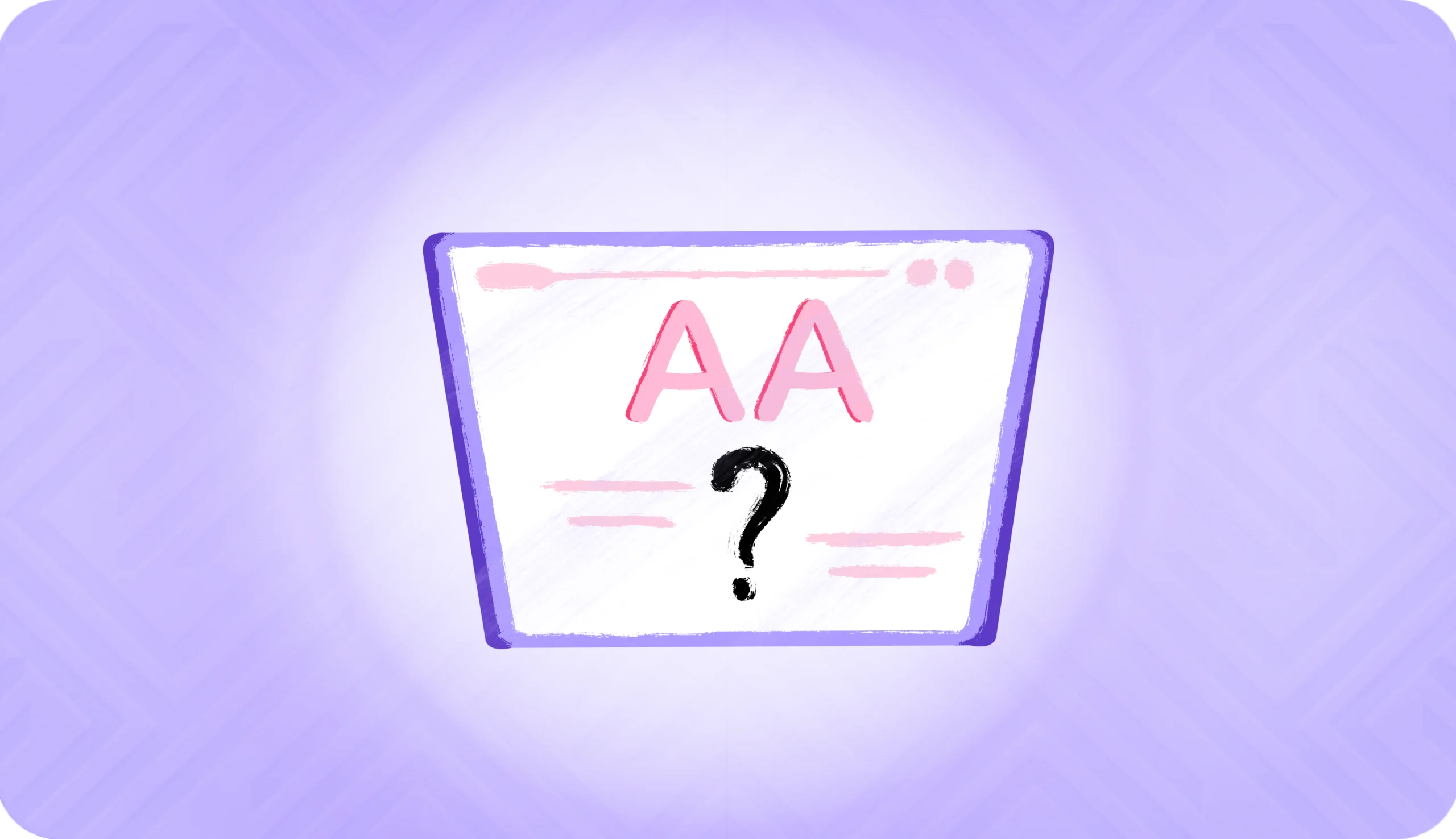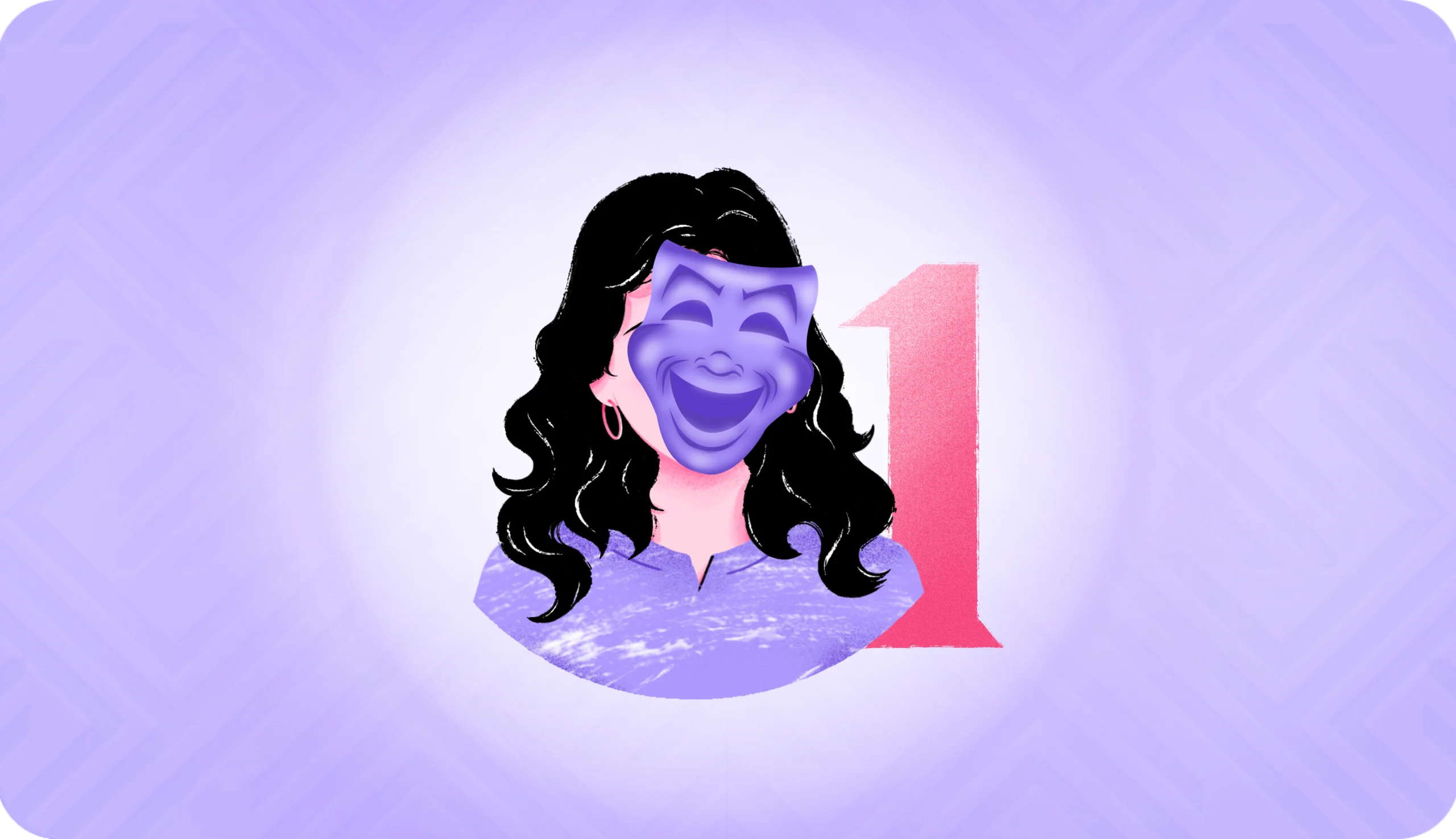Deepfakes, sophisticated blends of deep machine learning models, and fake imagery are increasingly challenging our perception of reality. The statistics are startling: in 2023, there were over 95,000 deepfake videos, a 550% surge from 2019.
This evolving deepfake technology, fueled by artificial intelligence and machine learning, is not just a tech novelty but a potent tool for misinformation. It’s used to make fake videos, manipulate social media platforms, create fake news, and even influence politics, as seen with celebrities like Taylor Swift and Tom Hanks becoming unintended victims in 2023.
Financial institutions are bracing for a wave of deepfake fraud while laws and regulations regarding deepfakes get more stringent. So how do you stay ahead of deepfake fraudsters?
This article will provide practical tips to detect deepfakes so you can protect your business proactively, especially when onboarding new users. Let’s dive right in.
How to Spot a Deepfake
Here are some nuances of identifying deepfakes, focusing primarily on facial expressions and movements, which are often the giveaway signs of these digital deceptions.
Unnatural Facial Expressions & Movements
Deepfake technology, while advanced, often struggles to replicate the natural fluidity and subtlety of human expressions. Here are some key aspects to observe:
- Unnatural Smiles and Blinks
Human expressions are complex and subtle. Deepfakes frequently miss the mark in replicating natural smiles or blinks. An overly rigid or excessively smooth smile, or a lack of natural blinking, can be a tell-tale sign of a deepfake.
- Eye Movements
When examining potential deepfakes, pay close attention to the eyes – they often give away the deception. Deepfake algorithms typically have a hard time replicating the natural movement of human eyes. Watch out for anything that seems off in the way the eyes move. This could be anything from unusual rapid movements (known as saccades) to a disconnect between how the eyelids and the eyes move together.
- Stiffness and Twitching
Another giveaway is the unnatural rigidity or twitchiness in facial expressions. Real human faces are asymmetric and move in subtly irregular ways. Deepfakes, on the other hand, might show an unnatural stiffness or even involuntary twitches. These occur as the algorithm behind the deepfake struggles to mimic the fluidity and consistency of genuine human facial movements.
- Exaggerated Expressions
Sometimes, deepfake technology overcompensates, leading to exaggerated facial expressions. These can appear too intense or too prolonged compared to natural human behavior.
- Consistency in Facial Features
Pay attention to details like teeth and hair. Deepfakes may struggle with the complexity of these features, resulting in anomalies or inconsistencies. For instance, teeth might appear too uniform or lack the natural shine and shadow interplay.
- Smoothness and Fluidity
Observe the overall fluidity of facial movements. In real life, facial expressions transition smoothly. Deepfakes, however, might exhibit a certain jerkiness or abrupt changes in expressions.
Pay close attention to these details to identify manipulated media. It’s important to approach this with a critical eye, especially in an era where digital fraud is becoming increasingly sophisticated.
To know more about deepfakes, read this article on ‘What is a Deepfake: Comprehensive Guide To Deepfake Detection‘
Here’s a fun game for you! Can you detect fakes from the genuine images? Give it a try here.
Lip Sync Mismatch
One of the more noticeable indicators of a deepfake is unnatural lip movements. Deepfake videos often struggle to perfectly align spoken words with the movement of the mouth, leading to noticeable discrepancies.
- Audio and Mouth Movement Discrepancies
Look for moments where the spoken words don’t match up with the mouth movements. This can range from slight delays to more pronounced misalignments.
- Unusual Mouth Shapes or Pronunciations
Deepfake technology can falter in accurately replicating the intricate movements of mouth and lips during speech. Watch for odd mouth shapes or pronunciations that seem unnatural for the individual.
Inconsistencies in Lighting & Backgrounds
A key method to spot deepfakes involves scrutinizing the lighting and background details. These elements often contain inconsistencies that deepfake algorithms struggle to replicate accurately.
- Unnatural Softening Around the Face
One telltale sign is an unnatural softening or blurring effect around the face, especially near the hairline. This blurriness can indicate digital tampering. It’s important to notice these subtle distortions, as they are not typically present in genuine footage.
- Lighting and Shadow Inconsistencies
Equally revealing are the lighting and shadow patterns. Look for any mismatch in how light and shadows fall on the face compared to the surroundings. Deepfakes frequently fail to convincingly replicate natural lighting, leading to shadows and highlights that don’t align with the environment. These discrepancies are critical clues, hinting at the artificial nature of the footage.
- Unrealistic Environment Lighting and Backgrounds
Analyze the overall scene. Does the lighting of the background match that on the person’s face? Discrepancies in environmental lighting can indicate a deepfake.
Unusual Body Proportions & Movements
Unrealistic body movements and proportions are often overlooked but are crucial in identifying deepfakes.
- Stiff or Unnatural Body Movements
Observe the fluidity of the person’s movements. Deepfakes might produce stiff or jerky movements that don’t align with natural human motion.
- Inconsistencies in Body Proportions
Look for any anomalies in the size or proportions of different body parts. In deepfakes, there can be a mismatch between the head size and the body, or the limbs might appear disproportionate.
- Movement and Age Inconsistency
Consider the age and known physical capabilities of the person. Does the movement in the video match what’s expected for someone of their age and physical condition?
Read more: What is a Deepfake: Comprehensive Guide To Deepfake Detection
Liveness Checks: The Ultimate Defense Against Deepfakes
In a world where deepfakes are becoming more common, liveness checks stand out as a robust method to verify video’s authenticity, especially in sensitive or high-stakes situations.
Liveness checks involve real-time verification of a person’s identity using various biometric methods. These checks can distinguish between a live person and a recorded image or deepfake.
There are different methods of liveness detection:
- Active liveness detection
For active liveness check, users must perform a physical gesture to verify their presence during identity verification.
- Passive liveness detection
This technique is an advanced way of detecting whether a user is physically present or not, without requiring any explicit action or gesture. Passive detection systems use a video capture of the user for a fixed length of time, which is then analyzed for properties such as light, skin texture, micro-motions, and other characteristics to determine if a live person is present in the capture.
- Single image passive liveness detection
An advanced method for detecting whether a live person is present involves capturing a single image and analyzing it for various complex characteristics. This technique, known as single-image passive liveness detection, is becoming increasingly popular among regulators and service providers. It simplifies user authentication and onboarding while also protecting against any spoofing attempts.
In scenarios where verifying a person’s identity is critical, such as online banking, secure communications, or digital contracts, liveness checks are invaluable. They provide an additional layer of security during selfie identity verification, face match, and document verification.
We’ve compared the accuracy benchmarks for all these liveness check methods in detail. Check out the blog to know more!
Conclusion
In the rapidly evolving digital landscape, the threat of deepfakes is real and growing. The good news is, there are ways to spot these fakes. By closely examining facial expressions, checking if the lips are in sync with the audio, and looking for any oddities in lighting, we can uncover these falsehoods. Both organizations and technology companies must put a strong emphasis on user security, integrating sophisticated methods like deepfake detection tools and live verification processes.
HyperVerge offers an end-to-end identity verification software that is equipped with industry-best deepfake detection and liveness checks. Want to give it a try? Sign up now.
FAQs:
1. What are the subtle signs that an image or video might be a deepfake?
Pay attention to subtle anomalies like mismatched facial expressions, unnatural lighting, or strange artifacts. Investigate visual inconsistencies and conduct a reverse image search to ensure the content hasn’t been altered.
2. How can financial services and tech companies take steps to combat malicious deepfakes?
Businesses must invest in advanced deepfake detection tools to stay ahead of deepfake fraud. Deepfake detector tools analyze available data and even collaborate with researchers to enhance their ability to detect synthetic content. However, staying vigilant, relying on trustworthy sources, and using existing laws are still crucial to combat the spread of fake content.



















